Inside MLB spring training with the Red Sox and New York Yankees
With the two franchises preparing to bring Major League Baseball to the United Kingdom for the first time in the summer, The Independent was granted an exclusive, behind-the-scenes look at spring training
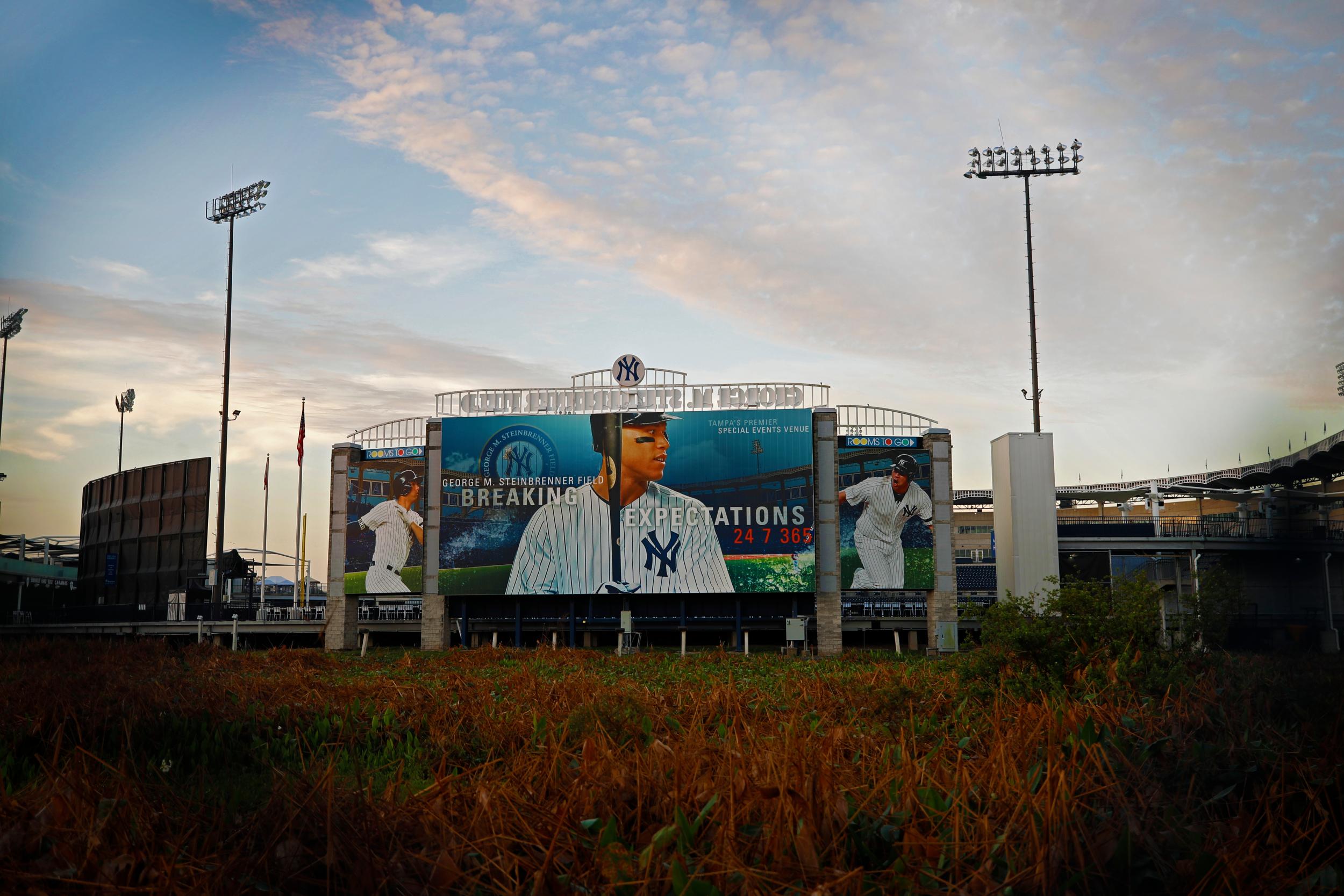
Your support helps us to tell the story
From reproductive rights to climate change to Big Tech, The Independent is on the ground when the story is developing. Whether it's investigating the financials of Elon Musk's pro-Trump PAC or producing our latest documentary, 'The A Word', which shines a light on the American women fighting for reproductive rights, we know how important it is to parse out the facts from the messaging.
At such a critical moment in US history, we need reporters on the ground. Your donation allows us to keep sending journalists to speak to both sides of the story.
The Independent is trusted by Americans across the entire political spectrum. And unlike many other quality news outlets, we choose not to lock Americans out of our reporting and analysis with paywalls. We believe quality journalism should be available to everyone, paid for by those who can afford it.
Your support makes all the difference.The widely recognised story of how Major League Baseball’s spring training league in Florida came to be known as the Grapefruit League is, perhaps appropriately for a sport so built on the wacky and the weird, unconventional.
The tale goes that aviator Ruth Law had been throwing golf balls from her aeroplane to advertise a golf course in 1915, and to promote spring training, someone suggested throwing a baseball. Wilbert Robinson, manager of the then Brooklyn Dodgers, agreed to try to catch the baseball.
Flying 525 feet above Robinson, Law realised she had forgotten her baseball and threw a grapefruit that she had. When Robinson tried to catch it, the grapefruit exploded in his face.
And the name stuck, and now 15 MLB franchises trek to the Sunshine State for a month and a half of pre-season activity, with the other half of the league competing in Arizona in the more straightforwardly named Cactus League.
The New York Yankees and Boston Red Sox are two of the teams in Florida. The Yankees are based in Tampa; the Red Sox two hours further south in Fort Myers.
With the two franchises preparing to bring Major League Baseball to the United Kingdom for the first time in the summer, The Independent was granted an exclusive, behind-the-scenes look at spring training.
Spring training runs from the middle of February to Opening Day, traditionally in early April, though this year occurs slightly early on 28 March. Teams work extensively away from the diamond on the fields surrounding the stadium bases, and play a number of exhibition games to tune up for the season.
As many as 100 players per team are involved, competing for roles on the roster, spots on minor league affiliates, seeking opportunities to test themselves and develop as baseball players.
Baseball’s farm system means young players seldom make the leap straight out of college onto a major league roster, and have to prove themselves at the lower levels first. Spring training is a crucial time.
For the game’s stars, it is a time of year to get back in the swing of things, both figuratively and literally.
“I always look forward to spring training,” Aaron Boone, manager of the Yankees, explained. “You really do get excited about coming down here, seeing your team-mates again, getting back in the grind and the everyday mould of baseball.
“For pitchers, [it’s about] getting them built up. Especially starting pitchers, making sure they’re getting all their work in, using all their pitches.
“Position players, trying to find that balance of helping building up their workload, especially our regulars and veterans, about how you space out days off, how you build up their innings. Making sure the behind the scenes work they’re doing is specific to their positions, and finding that fine line between getting work in, working hard but also making sure they’re recovering.”
And, that’s what spring training, MLB’s souped-up version of preseason, is all about: preparation and integration.
The importance of the latter cannot be discounted.
In the Red Sox club room, Mookie Betts, last year’s American League Most Valuable Player, and Steve Pearce duel on the table tennis table, Betts displaying prowess with paddle-in-hand that you might expect of such a naturally-gifted sportsman. He’s also an elite-level bowler, though with initials of M.L.B., he’s probably in the right profession.
Later, a jovial cacophony of Spanish voices fills the room, Latin cackles accenting the upbeat nature of a team at the very top.
That multicultural nature is one of the joys of baseball, and spring training is important in bringing players from a wide variety of backgrounds together, integrating new faces into the group and building cohesion and morale.
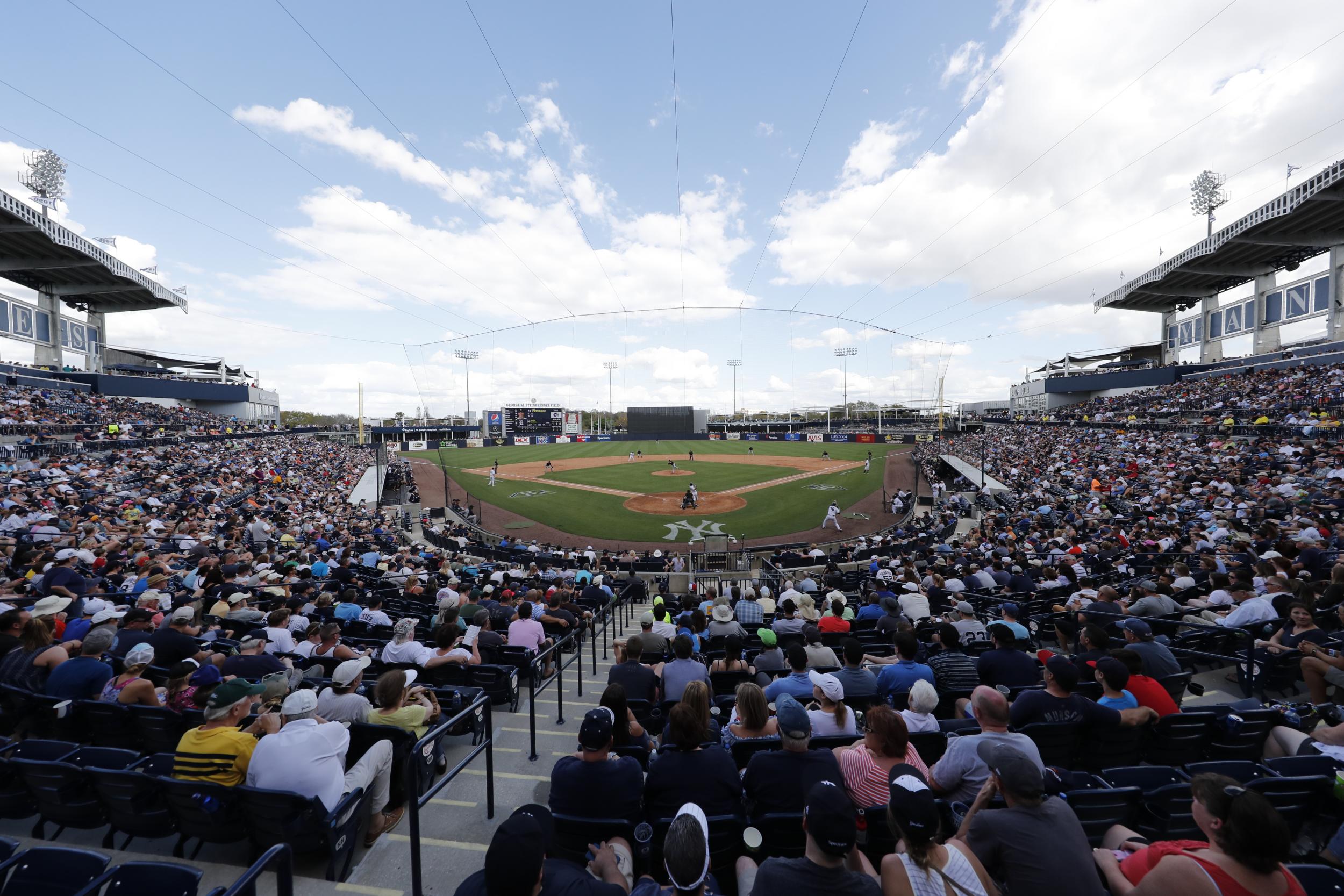
The Yankees rotate genres of music - Latin hip hop the tonic of the day ahead of their game with the Detroit Tigers - and build relationships off the field, utilising their downtime to explore Tampa and the surrounding area.
“There are some things we’ve done as a team here at the field, you know, trying to get together with the guys away from the field, whether it be going for dinner or going fishing,” comments veteran left fielder Brett Gardner.
“[There are] quite a few fishermen. That’s one of the good things to do down here in Tampa so we enjoy doing that when we have a little free time.”
The Red Sox also socialize off the field.
“We go eat, play video games,” says Betts. “Right now, Call of Duty is the game we play the most. Seven or eight in a room or on the game playing together, and we all go to eat dinner and that type of thing.”
Manager Alex Cora played coy on suggestions of any kind of initiation.
“Kind of, but not that bad! Actually, it’s more for the older players to know who the kids are and at the same time make it fine.”
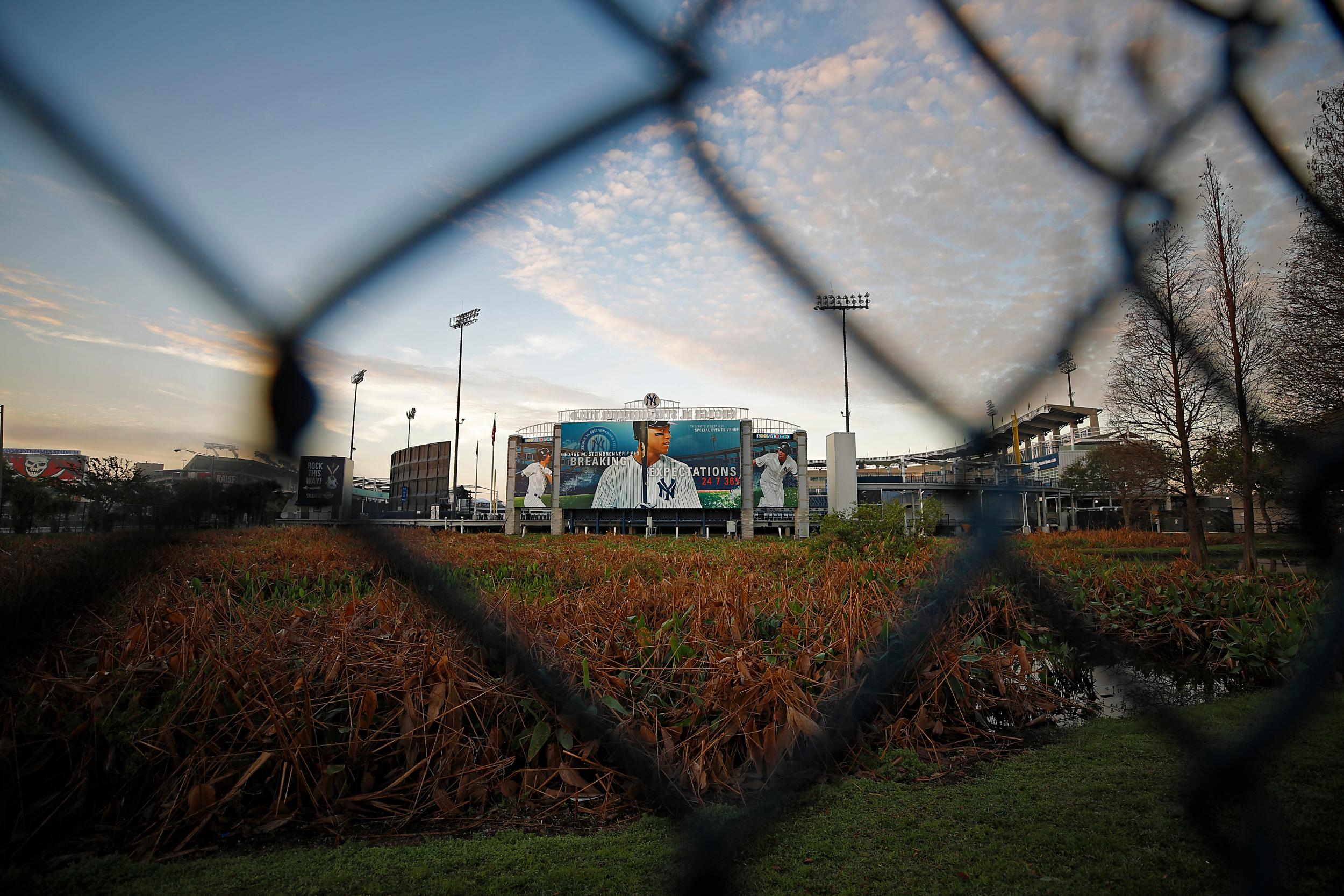
Cora continued: “For example, we’ve got Bobby Dalbec, third baseman, I think he’s our No.2 Prospect. He went to Arizona, he was a pitcher: I show everybody the stats, they thought we were going the baseball side of it, and then I go ‘Oh, by the way, he only has 3,000 followers on Twitter. By Sunday, we’ve got to get him to 10,000.’ In two days we got him to 10,000. So stuff like that, I think they love it, they enjoy it and it’s a cool part of it.”
It’s important to build a cohesive group. With 162 games to play over six months, before even considering the post-season, the MLB campaign is long and gruelling. Players get injured. Players need rest. Players get traded, suspended, get into trouble off-the-field. With games coming in such quick succession, there’s no real in-season time for youngsters to acclimatize to the big leagues.
Cora emphasised the importance of this period in building depth. “We have a good group of young kids that are taking part in spring training, our prospects, and for them to see how we operate is good for them because now if somebody gets hurt or something happens, somebody gets hot and we need this guy now, they know what to expect.”
Teams are limited to 40 players on Major League contracts each season, but only 25 are carried on the active roster until 1 September. There are many more signed to minor-league contracts, and these players, known as prospects, come to spring training as non-roster invites to gain experience and battle tougher competition.
“I think the Yankees as an organisation do a great job of bringing a lot of younger guys over here for Spring Training and really letting them see what life in the Major Leagues is all about so when they do get called up, sometimes during the course of the season, they are much more comfortable when that time comes,” Gardner explained. “Spring training is all about getting ready for the season not just on the field but off the field as well.”
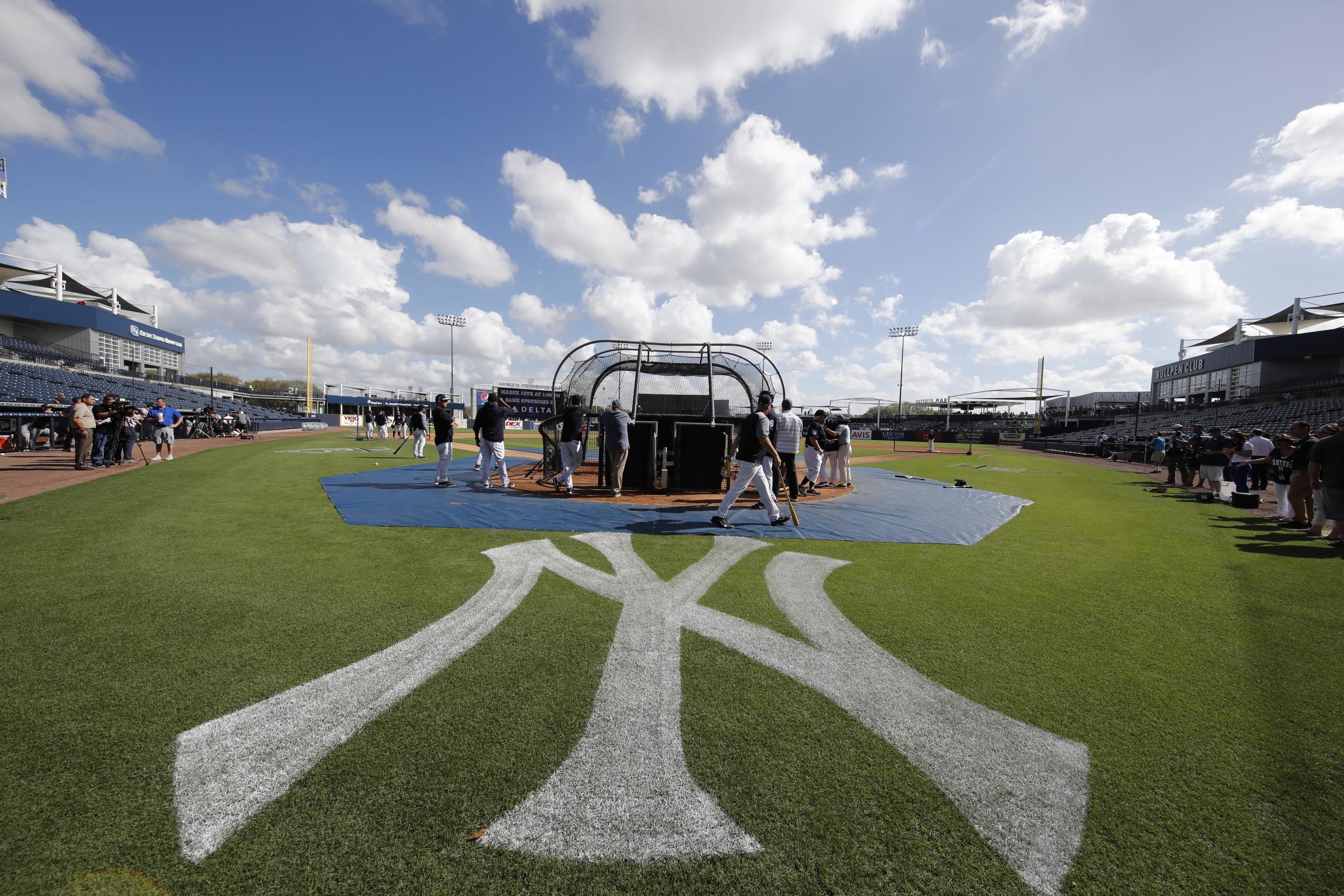
One player who knows that more than most is Aaron Judge, the Yankees’ rising superstar. 2017 AL Rookie of the Year and freakish home run hitter, Judge has a three-row section of Yankee Stadium named after him (the Judge’s Chambers). In the game against Tigers he forwent a lengthy warm-up to sign an assortment of items and play catch with a phalanx of children and autograph hunters in the stands at left field, each, almost without fail, adorned in a jersey bearing Judge’s name and number or his wonderful nickname ‘All Rise.’
Like so many of baseball’s biggest names, Judge is superstitious, delighting in telling us how he starts the game with two pieces of gum in his mouth, getting two new pieces when he gets out (“it can’t be my fault, it’s got to be the gum’s fault!”), hoping to end the game with the same two pieces of bubblegum.
He also carries a note on his phone with solely .179 written in it – his batting average in his first Major League season. Judge reaches into his locker in the commodious Yankees clubroom, retrieving some custom Adidas cleats, peeling back the tongue of to show us that it’s written inside them, too. The number keeps him grounded, reminds him of when he was just a young player trying to make his way.
“I remember the first few years I got invited here I just tried to stay out of everybody’s way. I didn’t talk to anybody, I didn’t look at anybody,” Judge remarks on his early days with the Yankees, chuckling. “But that was the great thing about being here with the Yankees, there are so many great guys. They went out of their way to make me feel welcome.
“It’s a good little taste of what’s to come. I got a chance to be around a lot of future hall of famers, Alex Rodriguez, Mark Teixeira, Robinson Cano, CC Sabathia, a lot of greats. It’s a chance to pick their brains and learn some skills from them.”
Few could have foreseen Judge rocketing to stardom after that debut season, particularly given his propensity for striking out in the minor leagues. But he has, and spring training was crucial in his development.
It is not a concept without its issues; most prominently the question of the pittance non-roster invitees receive for their time. At this time of year, players aren’t paid – MLB argue that it is an apprenticeship rather than a career. If you are lucky enough to dress as a Major Leaguer, you receive $95.50 in meal money a day. Minor league? $25. For professional sport, is that really good enough?
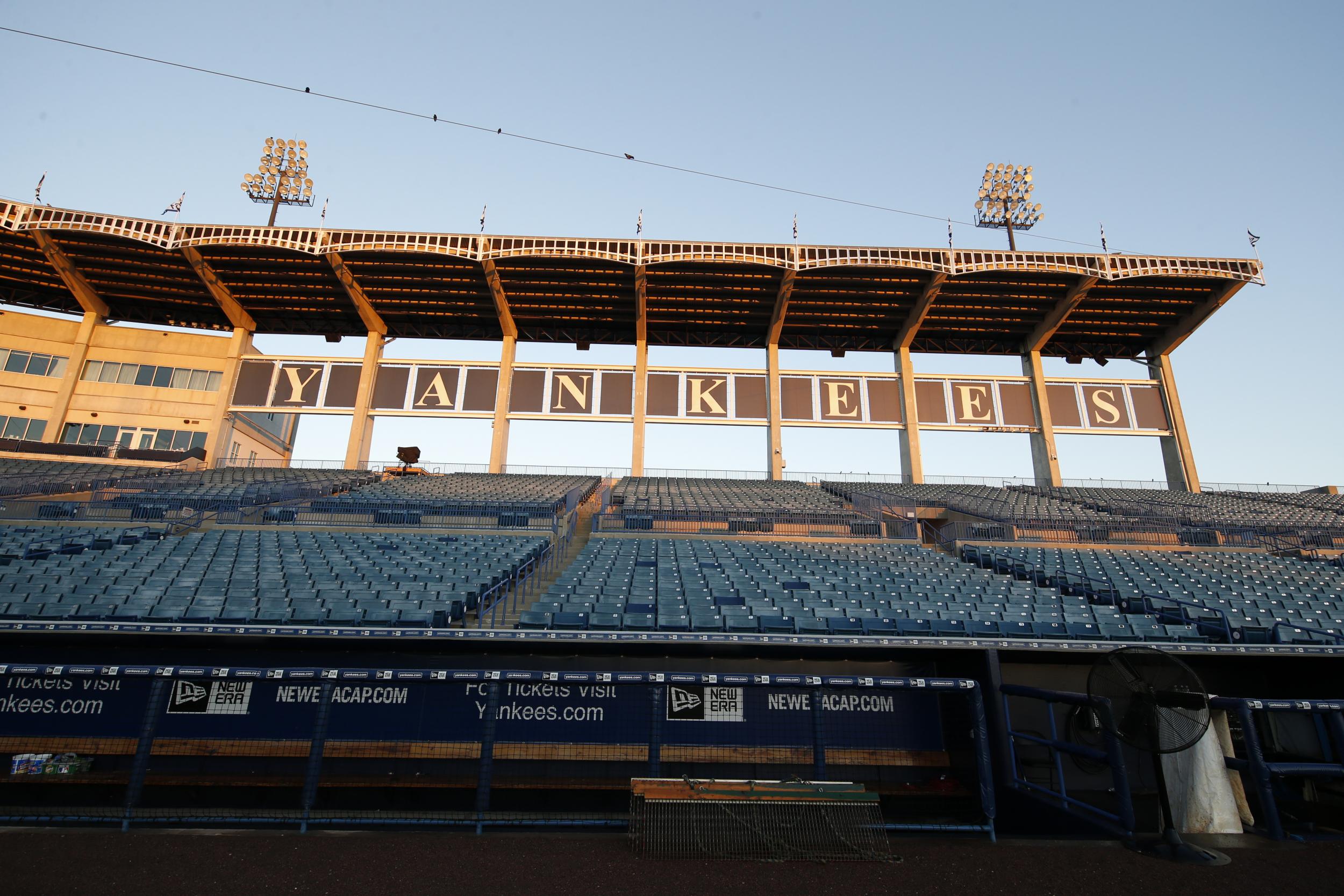
Long-time minor league veterans have spoken of a frugal, itinerant lifestyle they’ve been forced to adopt, and when you consider how many of those on the lowest rung of the ladder come from poorer backgrounds, it is only fair to question MLB’s morals, particularly when considering the contracts that Bryce Harper and Mike Trout have just signed.
The league argues that spring training provides opportunities for those on the fringe of the game to force their way in, which is true, to an extent. But it isn’t telling the whole story. The pitchers and catchers arrive early to camp in great number for extra work, the former a labour-intensive position where teams have to have plenty of bodies.
But franchises don’t need as many catchers, and thus there are several guys at every spring training camp who don’t have a shot at making a regular season roster. At a time of year where players say they work the hardest, uncompensated, what exactly is MLB providing for these sporting drifters? As one American writer put it: “MLB teams need catchers at spring training. They just don't want to pay them.”
It is not as if the stadiums are sparsely populated, either. Though neither stadium is vast with capacities just over 10,000, you’d have struggled to find an empty seat at any of the three games we attended, both Red Sox matches particularly so. Given the first of these occurred on a Wednesday afternoon, and these are ultimately meaningless pre-season affairs that come thick and fast, to fill a stadium even of that size is impressive.
The stadiums themselves are peculiar. In pursuit of perfect preparation, both stadiums are identical to the Red Sox and Yankees’ regular season homes dimension-wise. The Red Sox’ JetBlue Park even has a replica ‘Green Monster’ in left field to enable young hitters to get used to the idiosyncrasies of Fenway Park.
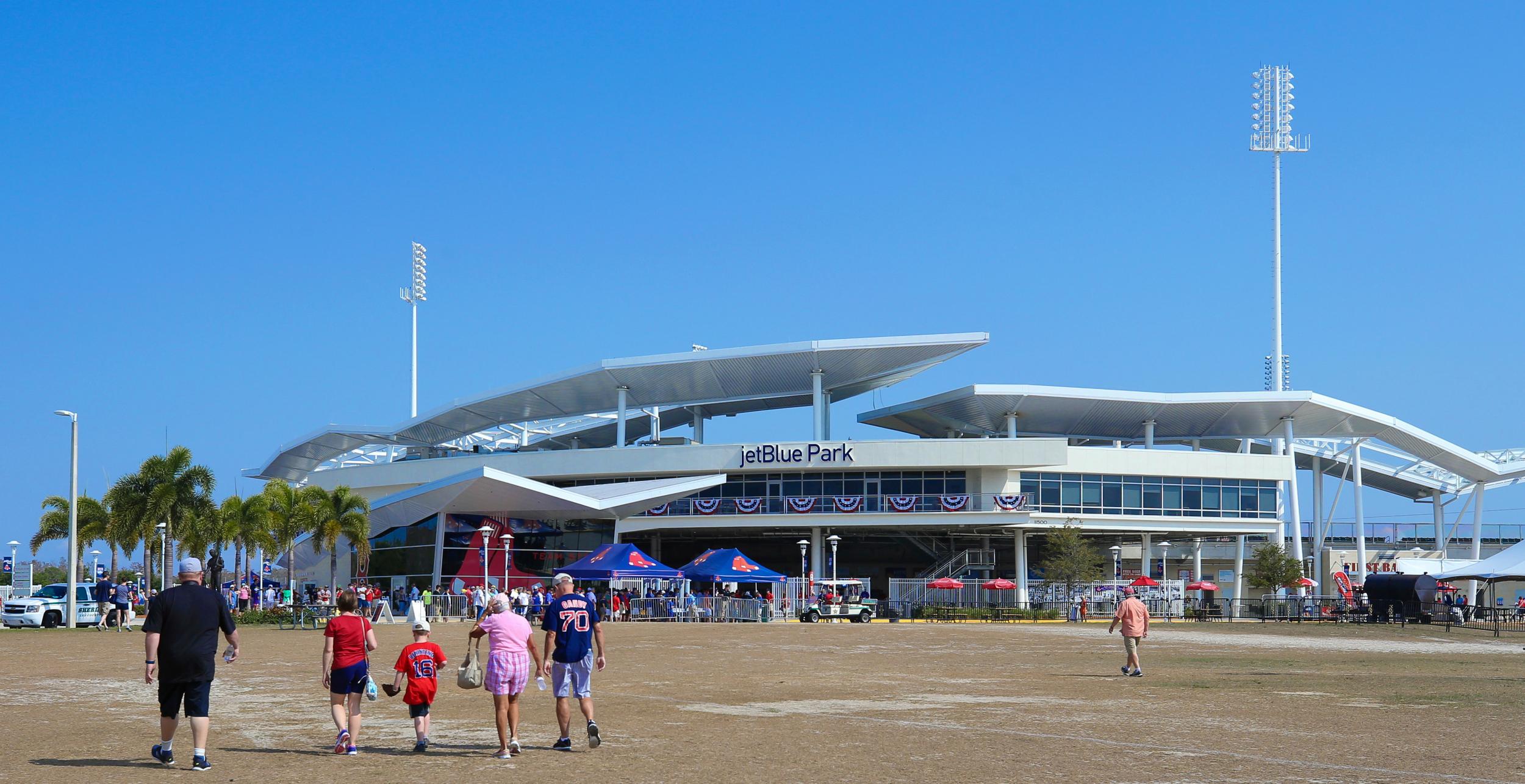
There are those who suggest moving the entirety of spring training to Phoenix, where the transport is more efficient, the stadiums closer together and rain scarcer. But in many ways, baseball is perfect for Florida, and Florida perfect for baseball - certainly at this time of year.
With the proliferation of retirees in Florida, and the so-called snowbirds who migrate south from the Northeast to these warmer climes for the winter, there are a great number of Red Sox and Yankees fans in the area. Couple this with the college students vacationing on spring break, and there’s no dearth of spectators.
Thus, Major League Baseball will continue to travel to this quiet strip of Florida every spring. While coaches are split on just how crucial this period ends up being (Boone is particularly cautious on drawing conclusions from the games themselves), both players and spectators were effusive in their praise of this time of year.
And for MLB, if the players travel and the crowds come to see them, ultimately, that’s all that really matters.
The Boston Red Sox will play the New York Yankees in the first ever Mitel & MLB Present London Series 2019 on June 29 – 30 at London Stadium. For all the latest event updates, register at mlb.com/londonseries
Join our commenting forum
Join thought-provoking conversations, follow other Independent readers and see their replies
Comments